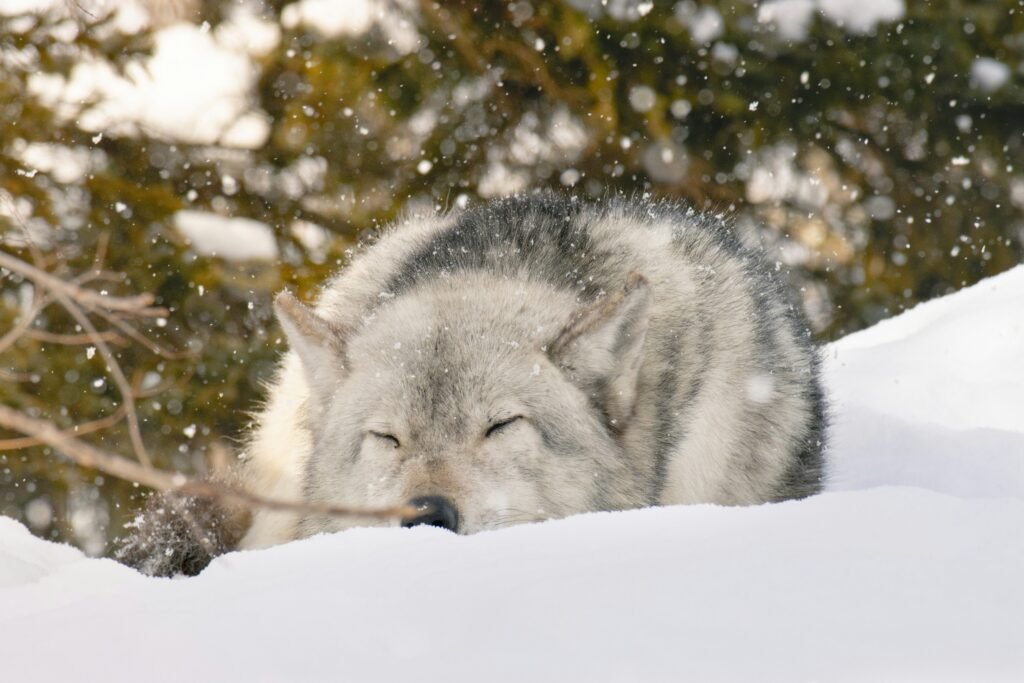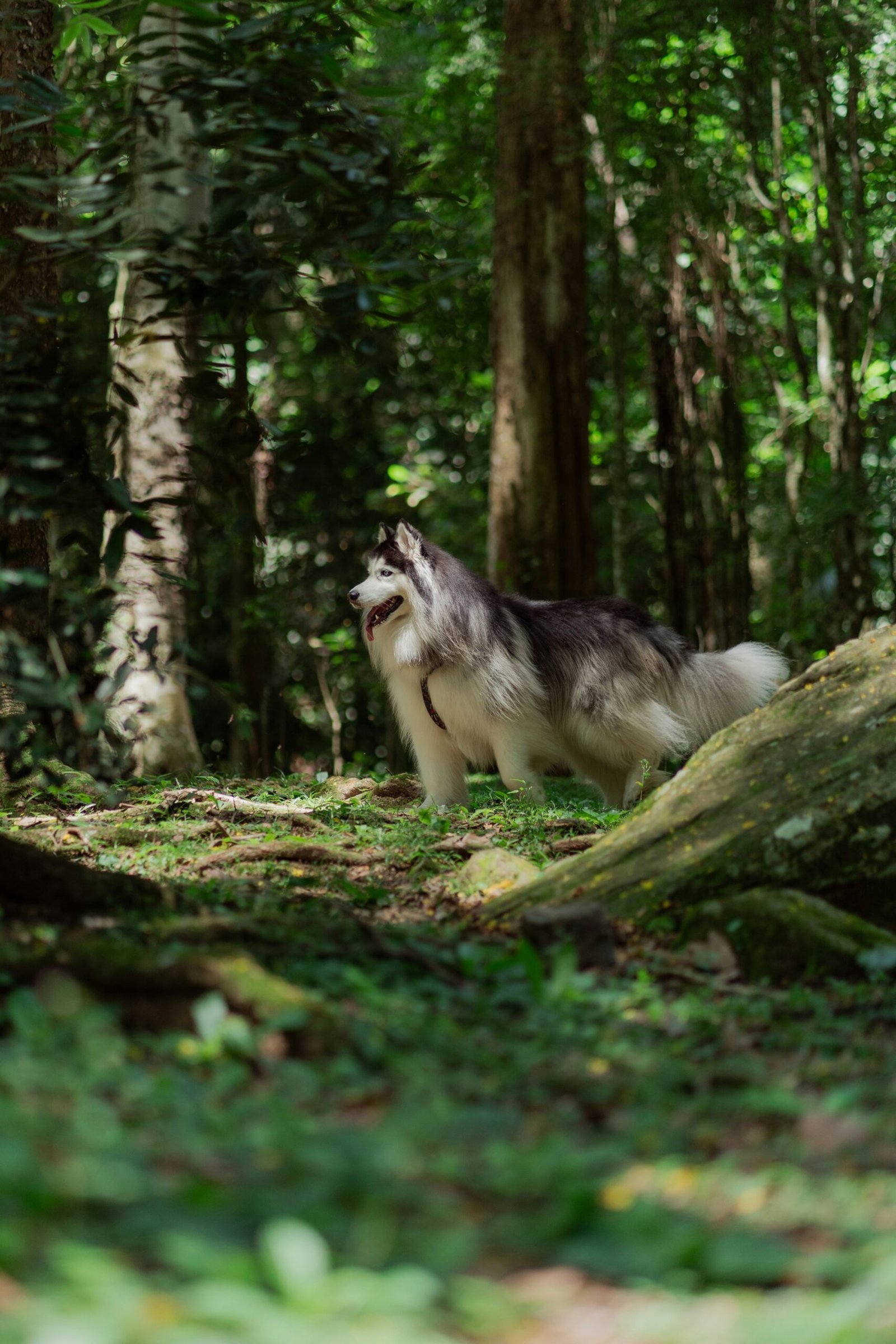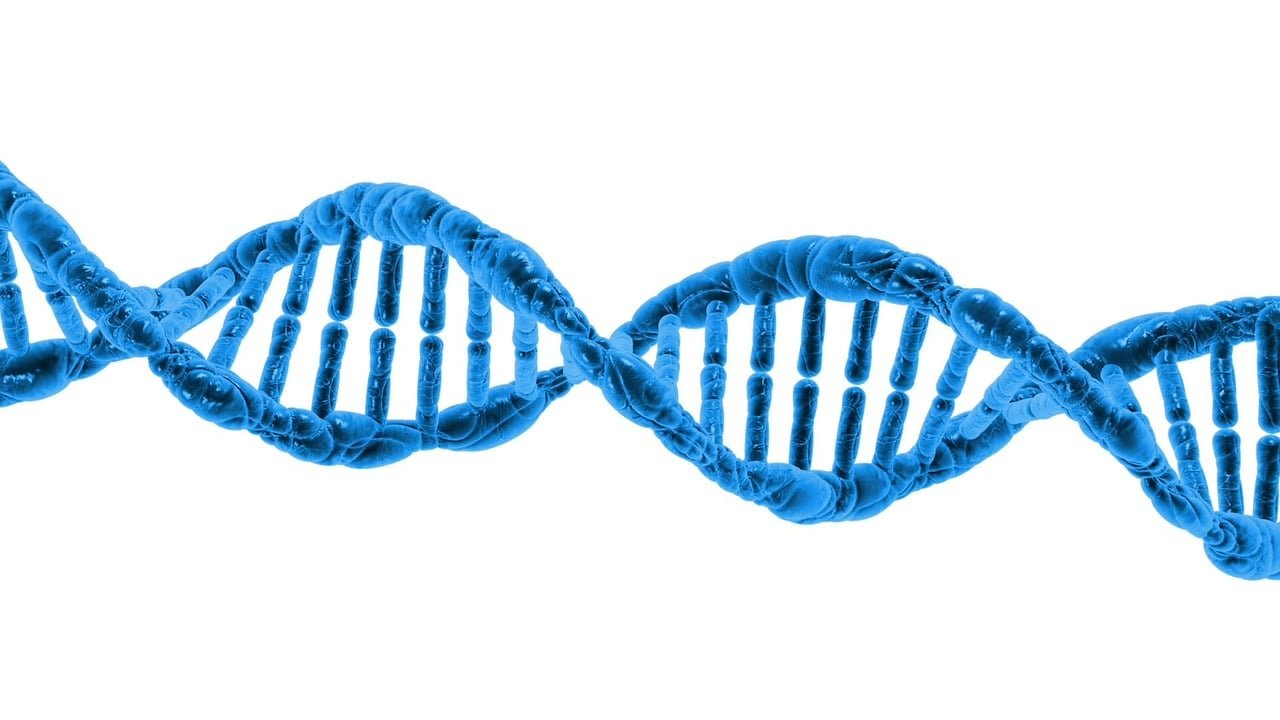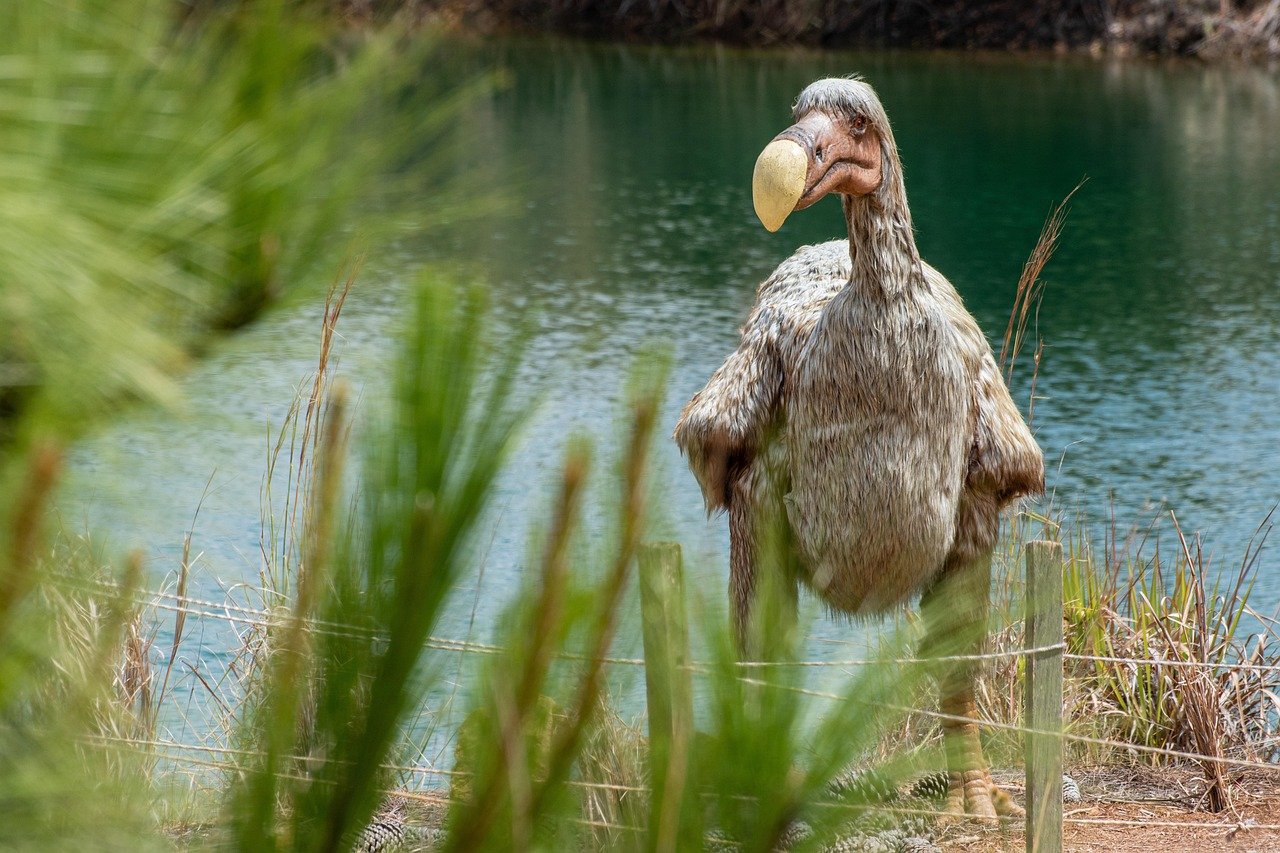Engineered Dire Wolf Pups Unveiled by Colossal Using CRISPR
Colossal Creates Dire Wolf-Inspired Pups With CRISPR
In an impressive scientific breakthrough, Colossal Biosciences has created engineered dire wolf pups with physical traits similar to the extinct species. The Dallas-based company uses powerful CRISPR gene editing to link extinct animals with their modern relatives.

Unveiling the Genetically Engineered Dire Wolf Pups
The CRISPR-engineered wolf pups are three to six months old and already weigh about 80 pounds. They are expected to reach 140 pounds when fully grown. These wolves have unique traits, like long white fur and strong jaws. These features were found through DNA analysis of dire wolf fossils from 13,000 to 72,000 years ago. Scientists added these genetic markers to gray wolf cells, which were implanted into dog embryos. This led to the birth of these unique animals.

The Science Behind Genetically Engineered Dire Wolf Pups
Colossal’s scientists began by extracting and analyzing DNA from dire wolf fossils to identify genes responsible for key physical traits. Using CRISPR technology, they edited gray wolf cells to include these ancient genes. The modified cells were transferred into dog egg cells, and the resulting embryos were implanted into surrogate dogs—ultimately leading to the birth of genetically engineered dire wolf pups.

Limitations of Genetically Engineered Dire Wolf Pups and Ecological Considerations
While these engineered wolves look similar to their extinct relatives, experts warn that they can’t fully replicate the behaviors or roles of real dire wolves. Since they can’t learn from wild dire wolf parents, these engineered wolves might lack important survival instincts. Also, reintroducing these genetically modified creatures into today’s ecosystems is challenging, as their original habitats might not exist anymore.
Colossal’s De-Extinction Projects Beyond Genetically Engineered Dire Wolf Pups
Creating these new dire wolves is part of Colossal Biosciences’ larger mission to bring extinct species back. The company has also announced plans to bring back the woolly mammoth and the dodo bird. In January 2025, Colossal raised $200 million in Series C funding, pushing its valuation to $10.2 billion. This funding helps advance genetic engineering for de-extinction, species conservation, and even human healthcare.

Collaborations and Conservation Initiatives
Colossal is also working with conservation groups like Re:wild to use genetic technology to protect endangered species. This partnership supports breeding programs, reintroduces threatened species, and uses advanced technology to stop extinctions. Re:wild x Colossal
Ethical and Ecological Debates
The idea of de-extinction and genetic engineering has sparked many ethical and environmental debates. Critics say resources would be better spent on saving existing species and habitats, pointing out that recreating extinct species is hard because of genetic and environmental changes. Also, the impact of introducing engineered species into today’s ecosystems is unclear. AP News
Conclusion
Colossal Biosciences’ success in bringing back dire wolf traits is a big step forward in de-extinction. While this achievement is exciting, it also raises questions about the ethical and environmental responsibilities of bringing back traits of extinct animals.
While Colossal’s achievements show how technology is reshaping nature, it’s also important to appreciate the seasonal wonders that nature still offers, like Japan’s stunning cherry blossoms.

Ayza Hashmani is a passionate blogger who specializes in writing articles on Google AdSense, monetization strategies, and trending digital topics. With a keen eye for detail, Ayza provides valuable insights and tips to help website owners, bloggers, and content creators optimize their earnings. Whether you’re new to AdSense or looking to boost your revenue, Ayza’s informative content empowers readers to make smarter decisions and grow their online presence.



